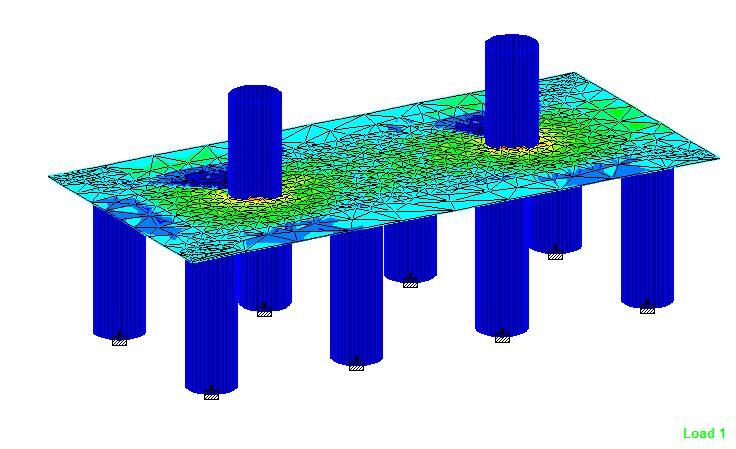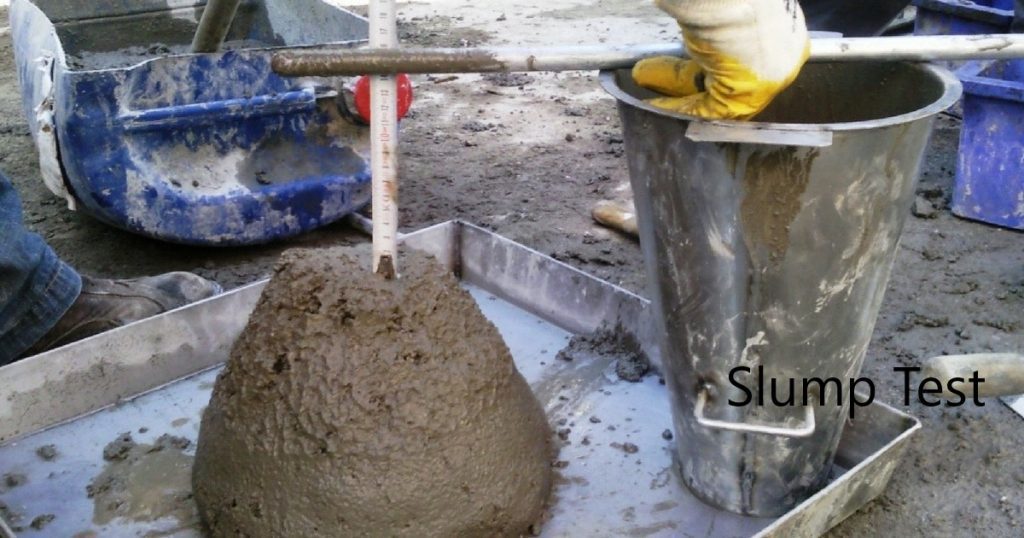In the world of civil engineering and construction, piles play a vital role in providing support and stability to various structures. Pile testing is an essential process to ensure the safety and reliability of these foundational elements. In this article, we will delve into the concept of pile testing, its importance, different testing methods, and how it contributes to the successful completion of construction projects.
Piles are long cylindrical structural elements made of concrete, steel, or timber, which are driven or drilled deep into the ground to bear the load of a building or any other structure. Before the construction phase, engineers perform pile testing to determine the load-bearing capacity and assess the pile’s integrity. Proper testing helps prevent structural failures and ensures the longevity of the building.
Since the inspection of the construction work cannot be performed to the naked eye, it is very important to carrying out necessary testing to determine the condition of the pile and whether it can be bearing the design loads.
Types of Pile Testing
1. Static Load Testing
Static load testing is a widely used method to evaluate the behavior of piles under applied load. A known static load is applied to the pile, and its settlement and deflection are measured. This test helps engineers analyze the load-carrying capacity, the ultimate bearing capacity, and the performance of the pile under various loads.
2. Dynamic Load Testing
Dynamic load testing involves the application of an impact load to the pile using a drop hammer or a dynamic load tester. The response of the pile is recorded using sensors, and this data is then used to determine the pile’s integrity and resistance to dynamic forces.
3. Statnamic Load Testing
Statnamic load testing is an advanced method that combines aspects of both static and dynamic testing. This technique uses a rapid hydraulic jack to apply a continuously increasing load to the pile. Statnamic testing provides valuable data on the pile’s behavior at different load levels.
4. Sonic Echo Testing (SET)
Sonic Echo Testing is a non-destructive method that assesses the integrity and length of piles. It uses the principle of sonic waves to measure the time taken for the wave to travel along the pile, helping to detect any defects or voids.

Need of Pile Testing
Testing is crucial for several reasons:
- Ensuring Structural Safety: Testing ensures that the foundation can withstand the anticipated loads, avoiding potential collapses or settlement issues.
- Verifying Design Assumptions: Testing verifies the accuracy of design assumptions and allows for adjustments if necessary.
- Quality Control: Testing helps identify faulty piles, construction defects, or material issues, ensuring high construction quality.
- Cost-Effectiveness: By determining the optimal pile design, pile testing can lead to cost savings in materials and construction time.
Pile Testing Process
The pile testing process typically involves the following steps:
1. Pre-Testing Preparations
Before conducting any tests, engineers conduct site investigations, assess soil properties, and finalize the pile design. The type of test is selected based on the project requirements and soil conditions.
Concrete poring information, issues raised during the concreting of the piles, volume of the concrete, condition of the cleaning, etc. needs to be consider in preliminary stage of the testing.
2. Installation of Instrumentation
Sensors and measuring instruments are installed on the pile to record its response during testing. These instruments may include strain gauges, accelerometers, displacement transducers, and more.
3. Conducting the Tests
The selected pile testing method, such as static load testing or dynamic load testing, is performed as per the established protocols. Engineers closely monitor and record the pile’s behavior under load.
4. Data Analysis and Interpretation
After completing the tests, the gathered data is thoroughly analyzed and interpreted. Engineers evaluate the pile’s load-bearing capacity, integrity, and overall performance.
5. Reporting
A comprehensive report is generated, detailing the results of the pile tests, the findings, and any recommendations for design modifications, if required.
Pile testing is an indispensable aspect of the construction process that ensures the safety, stability, and durability of structures. By analyzing the load-bearing capacity and integrity of piles, engineers can make informed decisions about the foundation, contributing to successful construction projects.


